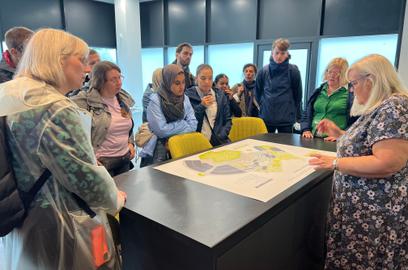Under the Flyover: connecting communities and humanising leftover space

Written by
Tibbalds
Tibbalds
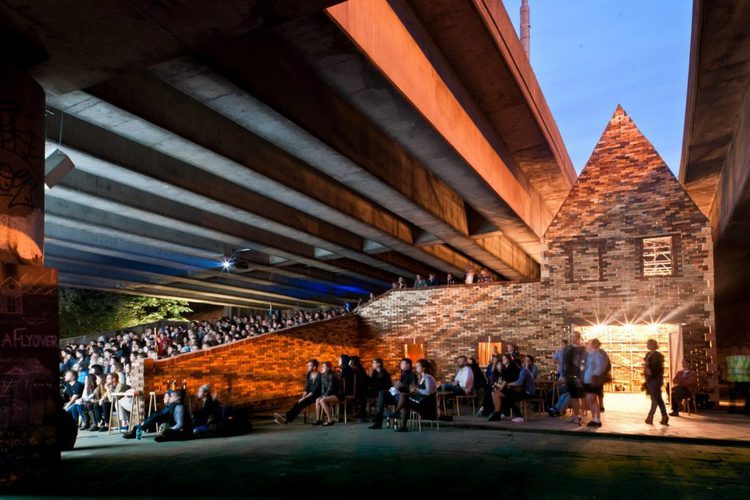
Claire Perrott, Associate at Tibbalds, looks at the strategic potential for a London wide directive to use the spaces created beneath road flyovers to attract new uses and encourage connections between communities otherwise severed by roads. Her ideas were developed as part of her participation in Future of London’s ‘Future London Leaders’ course (Round 18).
Opinion piece
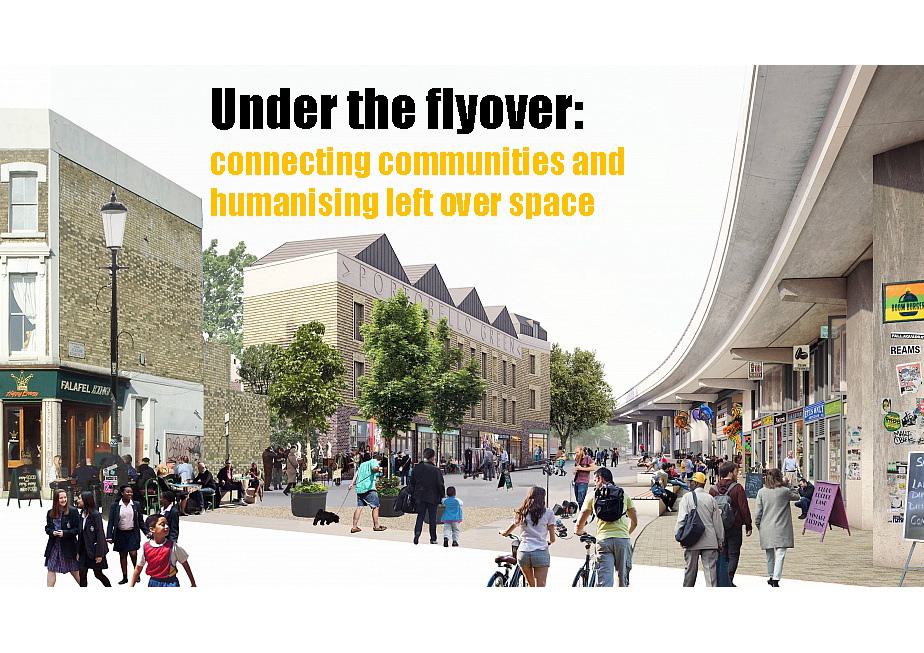
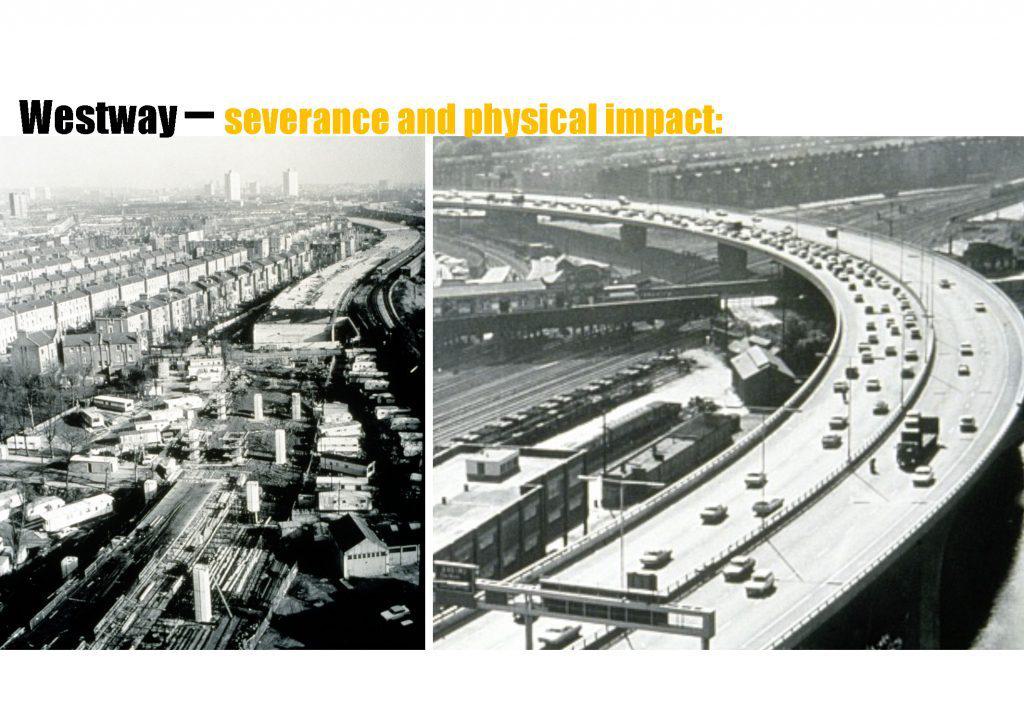
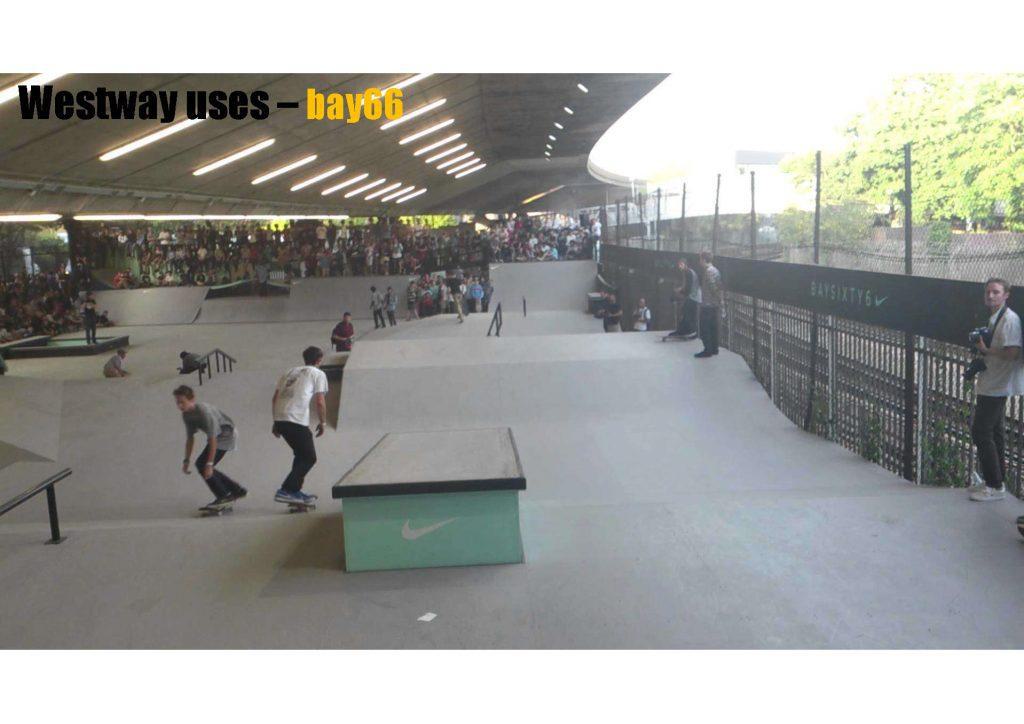
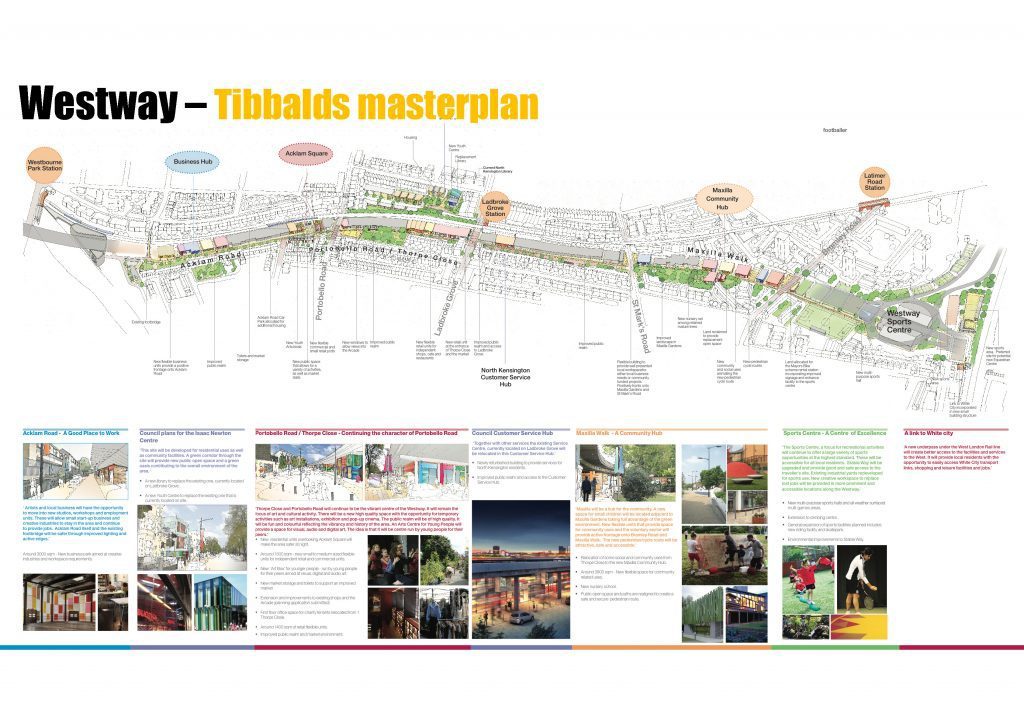
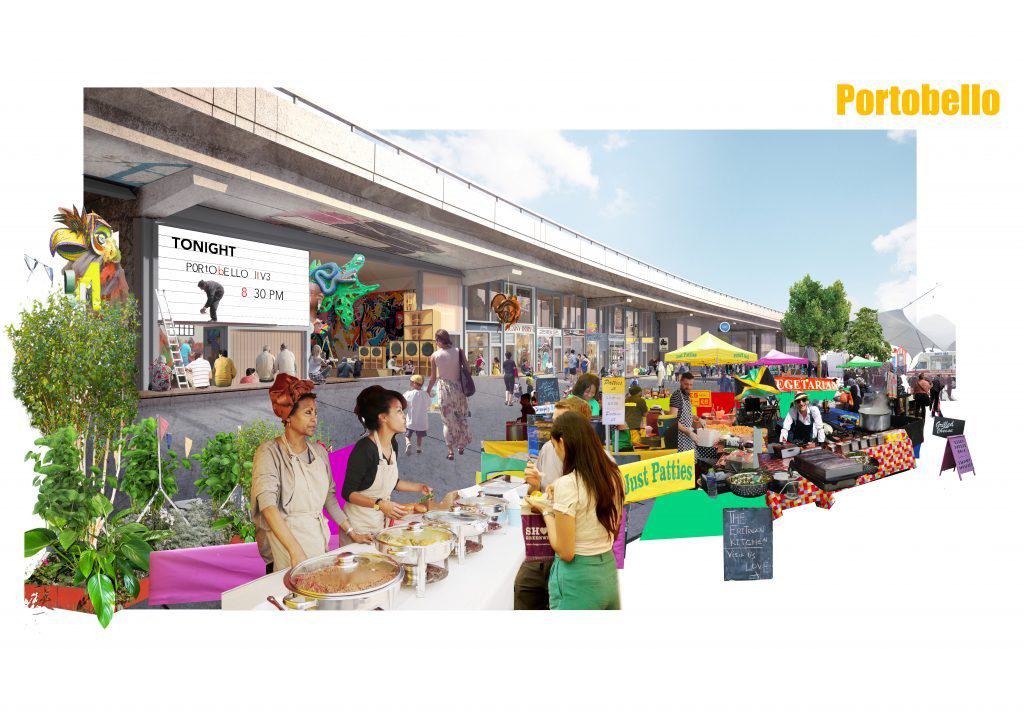
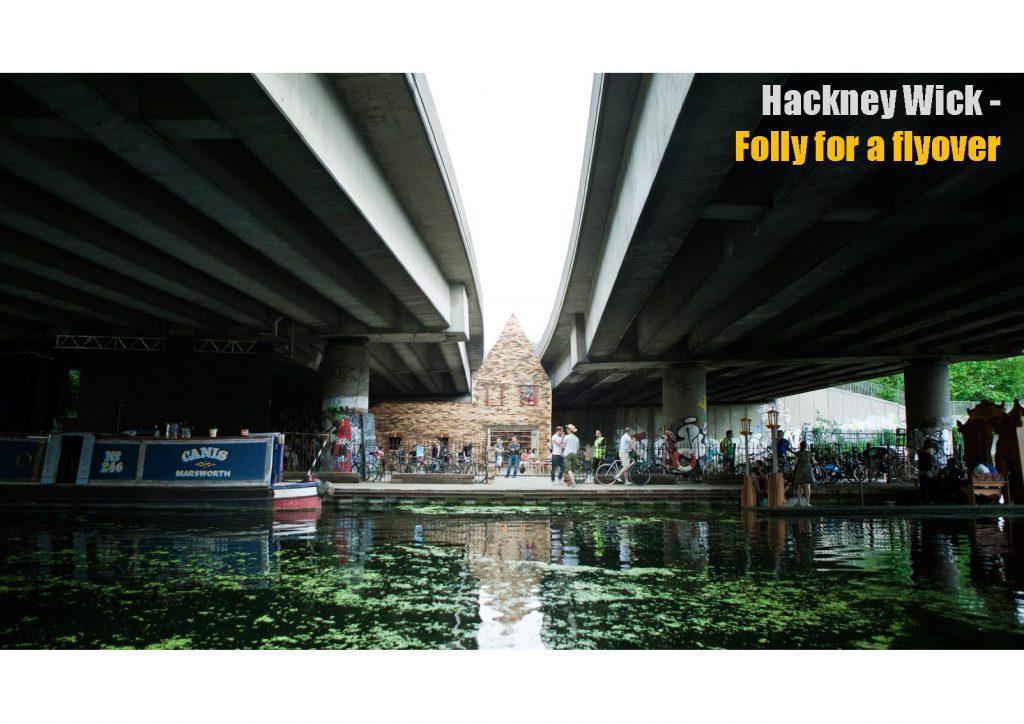
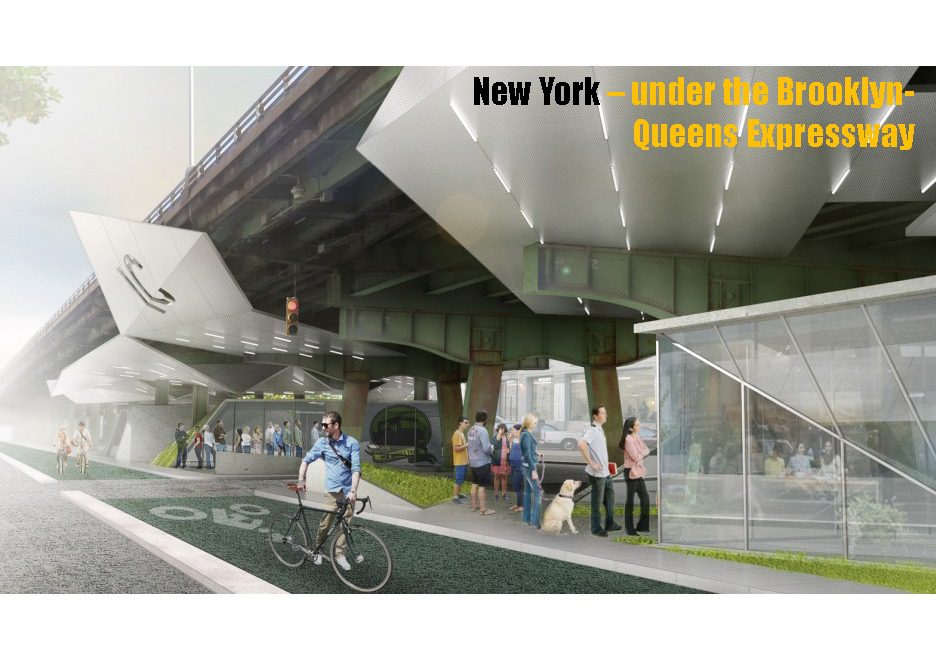
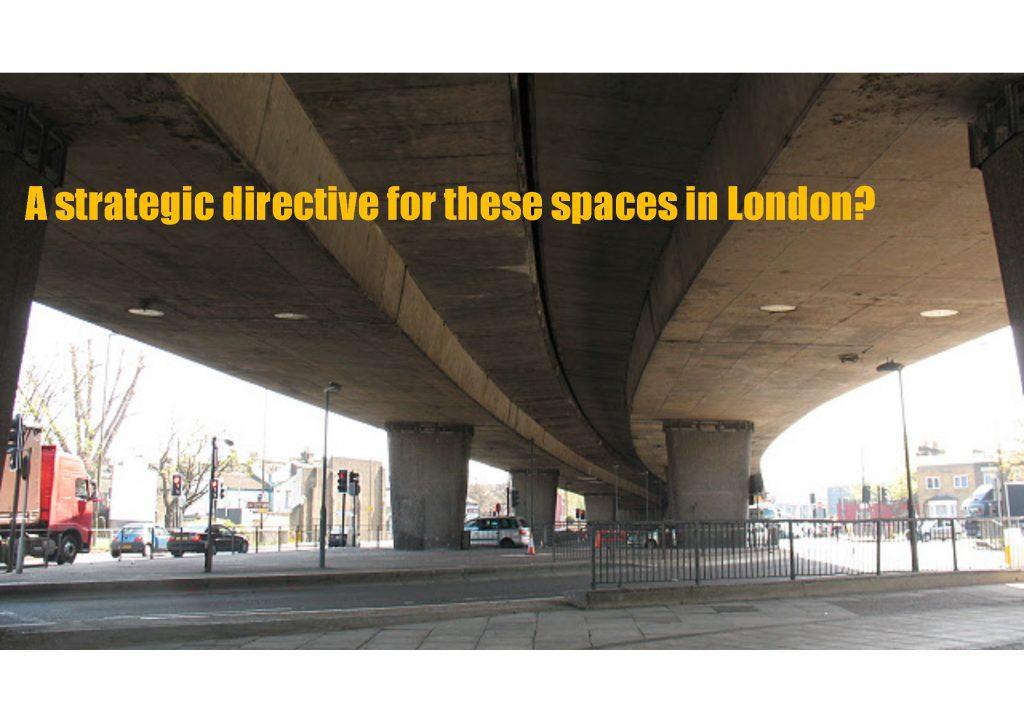
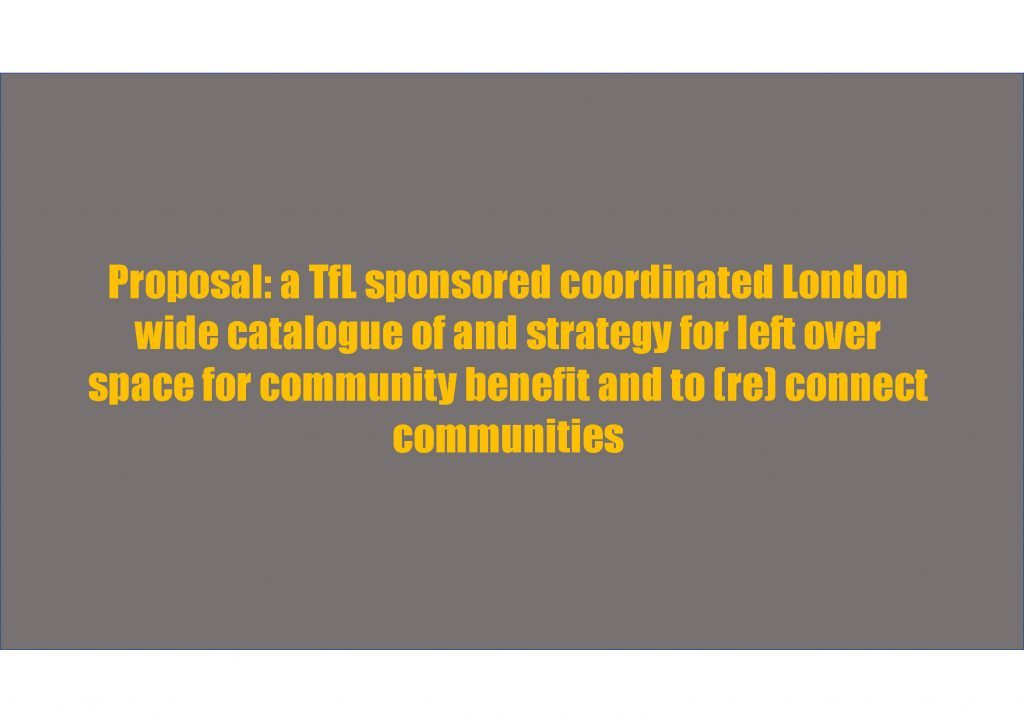
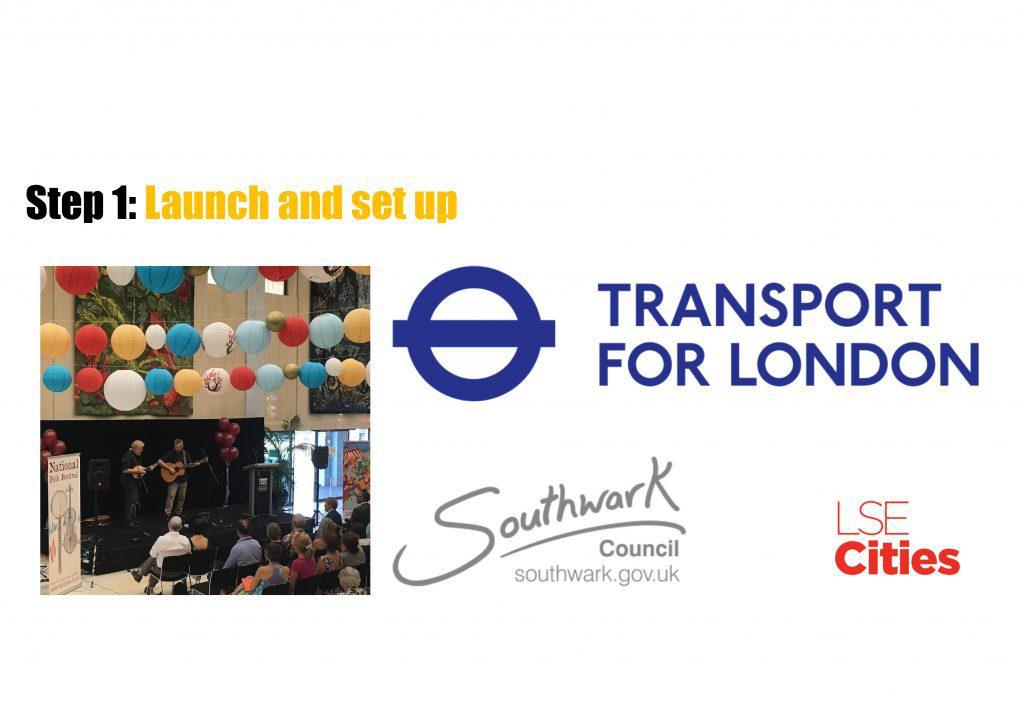
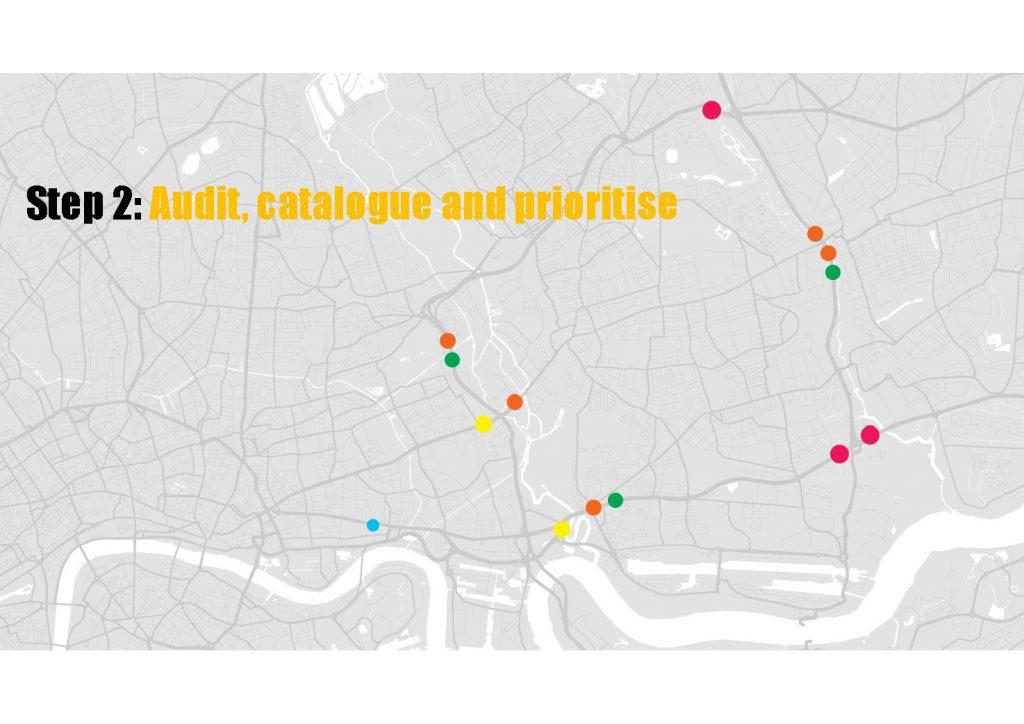
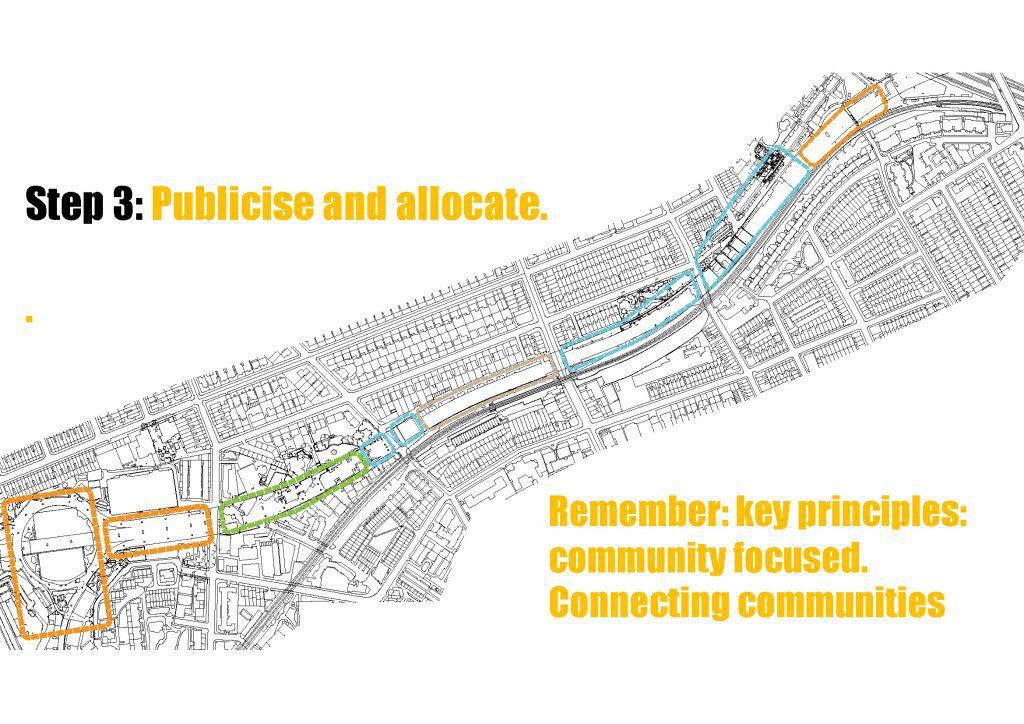
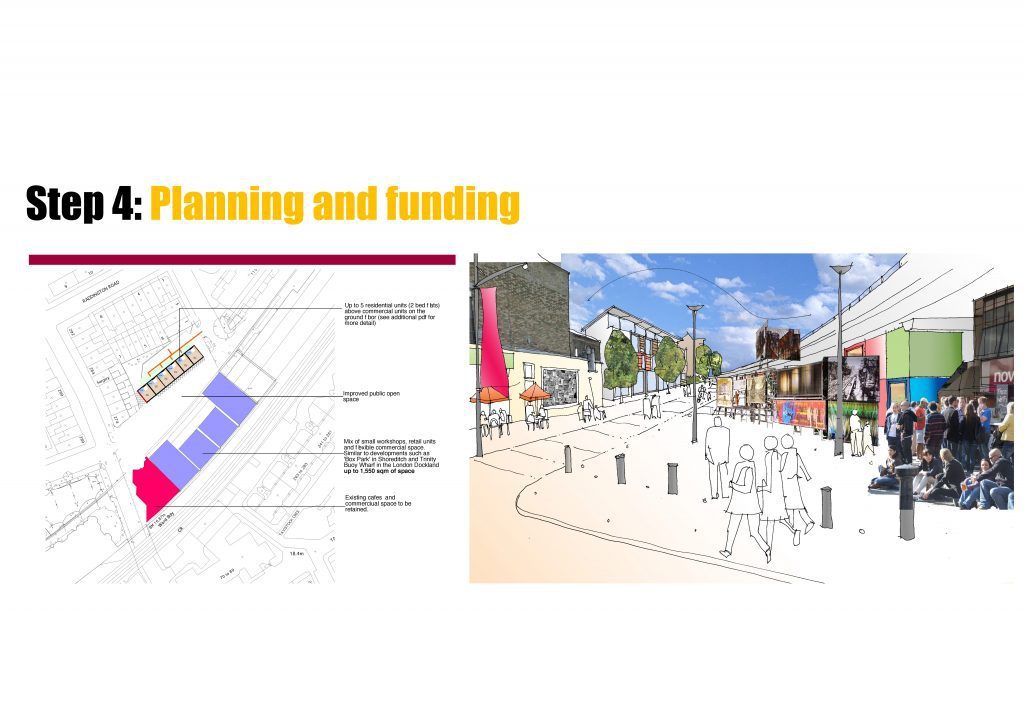
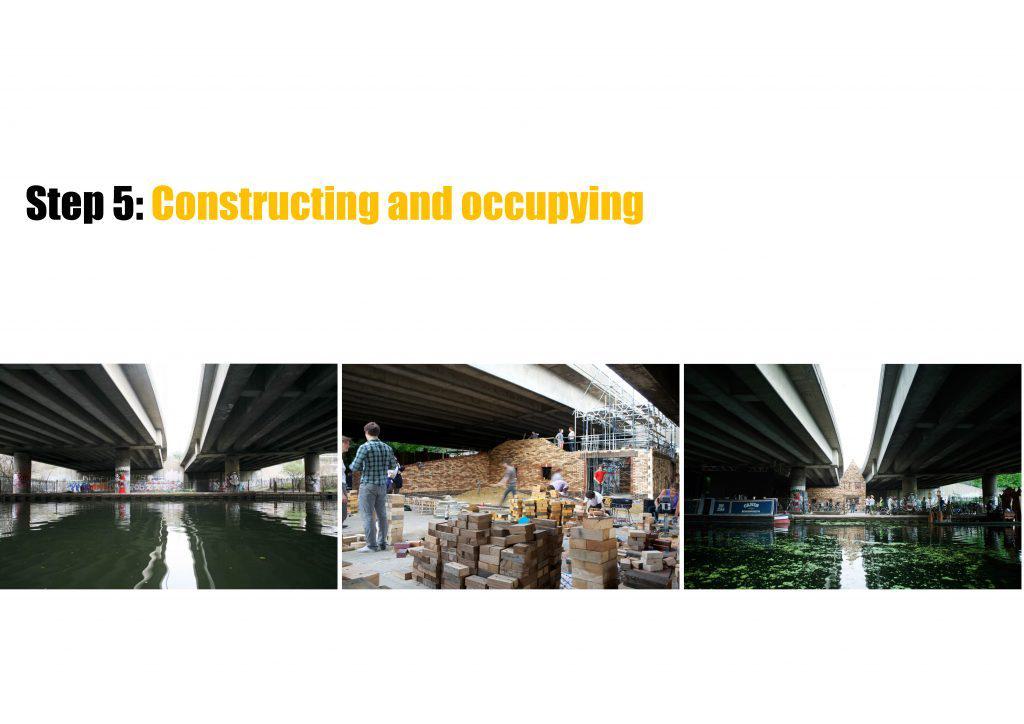
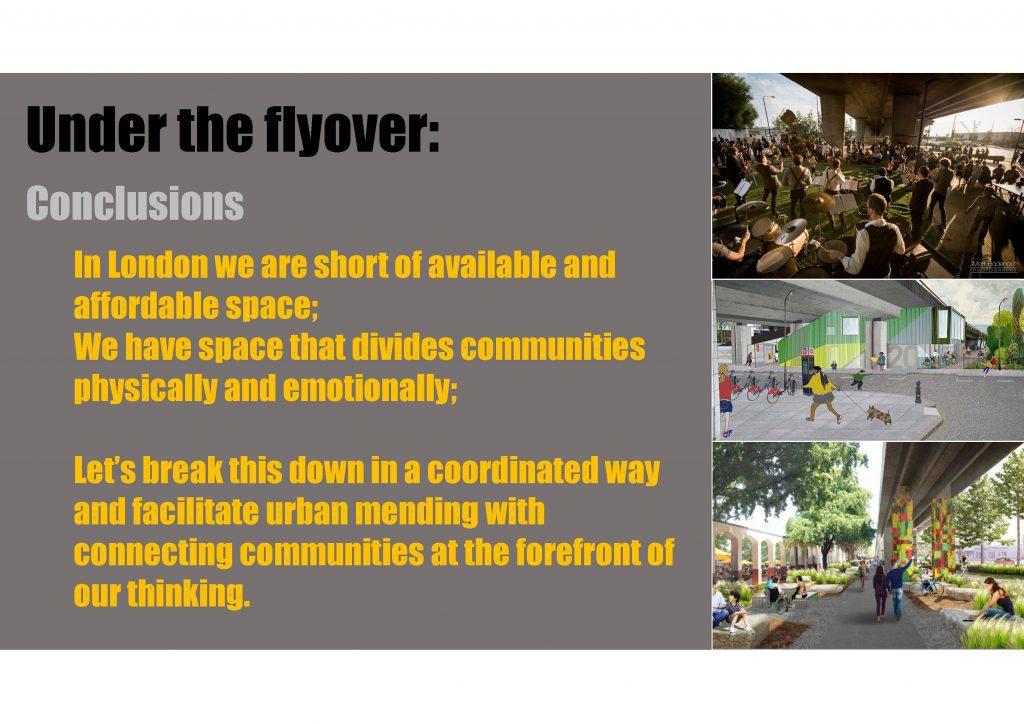
Topics:
Share:
Related Updates

Lizzie Le Mare speaking at the Housing Finance Conference 2025

Written by
Tibbalds
Tibbalds
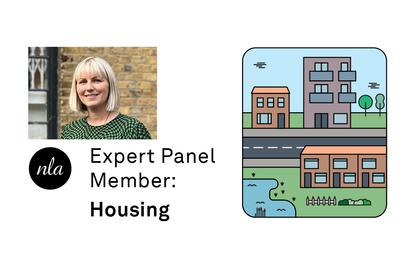
Lizzie Le Mare joins NLA Expert Panel

Written by
Tibbalds
Tibbalds
Stay In Touch
Sign up to our Newsletter
Subscribe to our newsletter to receive updates about making people friendly places.
